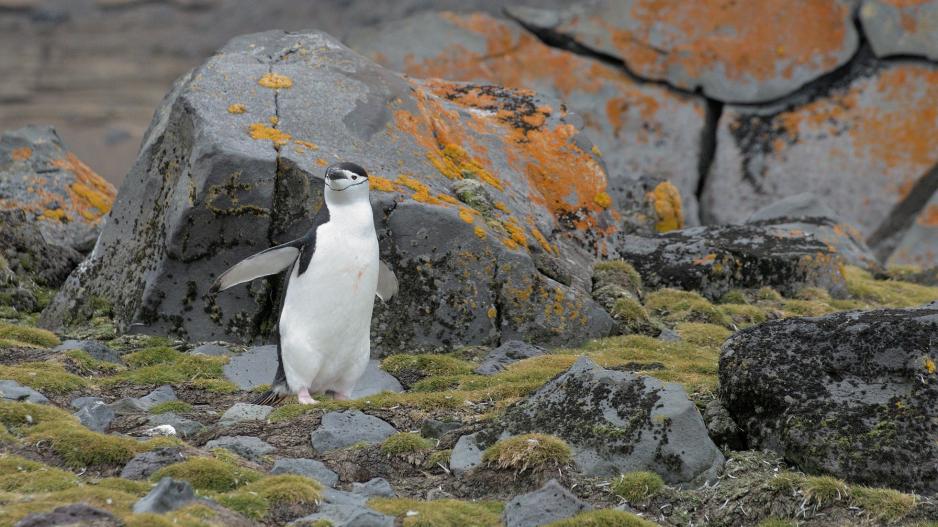Antarctica’s Rapid Warming Sparks Concern Over Expanding Moss Growth
Significant Vegetation Increase in Antarctica Due to Climate Change
Antarctica, the fifth-largest continent, spanning 14 million square kilometers, is home to penguins, seals, bacteria, fungi, and scientists who conduct environmental research. While it has traditionally been a frozen wilderness, the continent is experiencing dangerous "greening" due to rising temperatures that are accelerating ice melt and enabling the rapid spread of moss, raising alarm within the scientific community.
A study conducted by the University of Exeter, the University of Hertfordshire, and the British Antarctic Survey highlights a significant increase in vegetation on the Antarctic Peninsula. According to the research published in Nature Geoscience, moss-covered areas expanded from less than one square kilometer in 1986 to nearly 12 square kilometers by 2021.
Antarctica is warming faster than the global average due to human-caused climate change. Analysis of Landsat data for the period 1986-2021 indicates a significant expansion of plant cover, with vegetation increasing from 0.863 km² in 1986 to 11.947 km² in 2021. The rate of growth has accelerated, particularly between 2016 and 2021.
The study suggests that this trend is a result of increasing temperatures, predicting further widespread changes in the Antarctic Peninsula's ecosystems and long-term functionality.
Thomas Roland from the University of Exeter commented, "The plants on the Antarctic Peninsula, mainly mosses, grow under some of the harshest conditions on Earth." He noted that although the landscape remains largely covered by snow, ice, and rock, the small areas where plant life exists have grown significantly, showing the effects of anthropogenic climate change on even the most remote regions.
According to Roland, if temperatures continue to rise, "we could witness fundamental changes in the biology and landscape of this iconic and vulnerable region." He stressed the need to understand the ongoing changes and their causes to ensure the protection of Antarctica's ecosystems.






